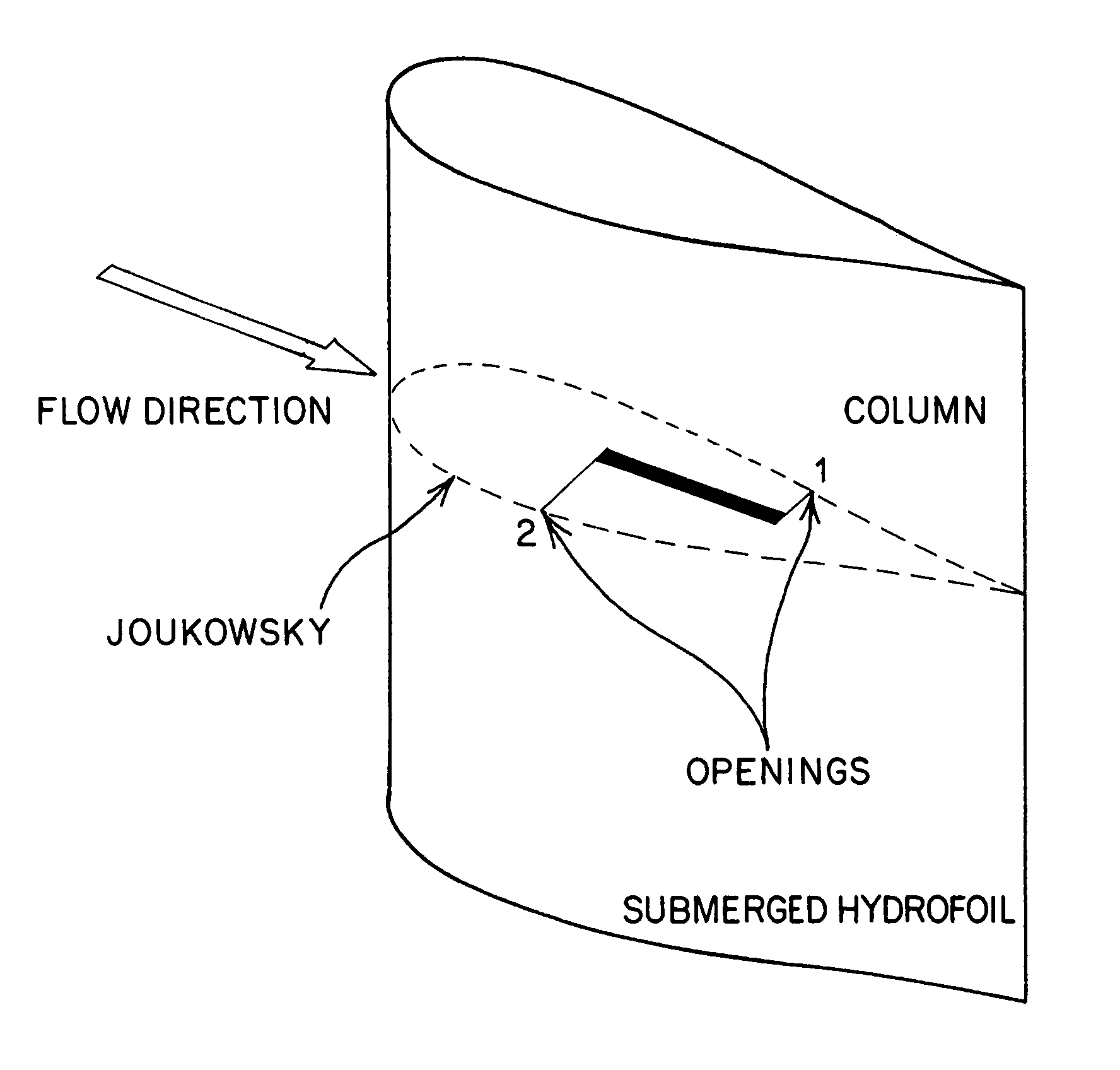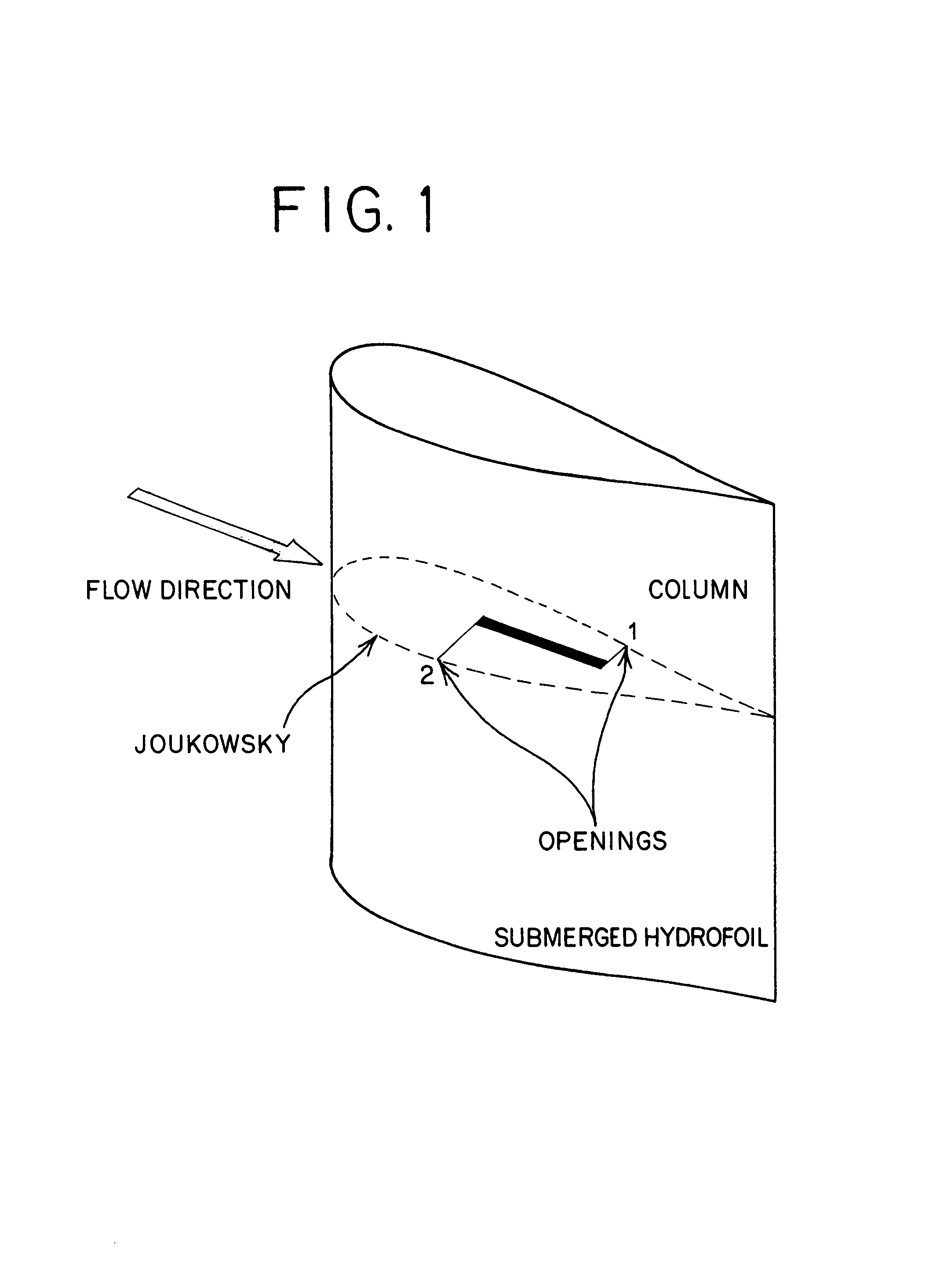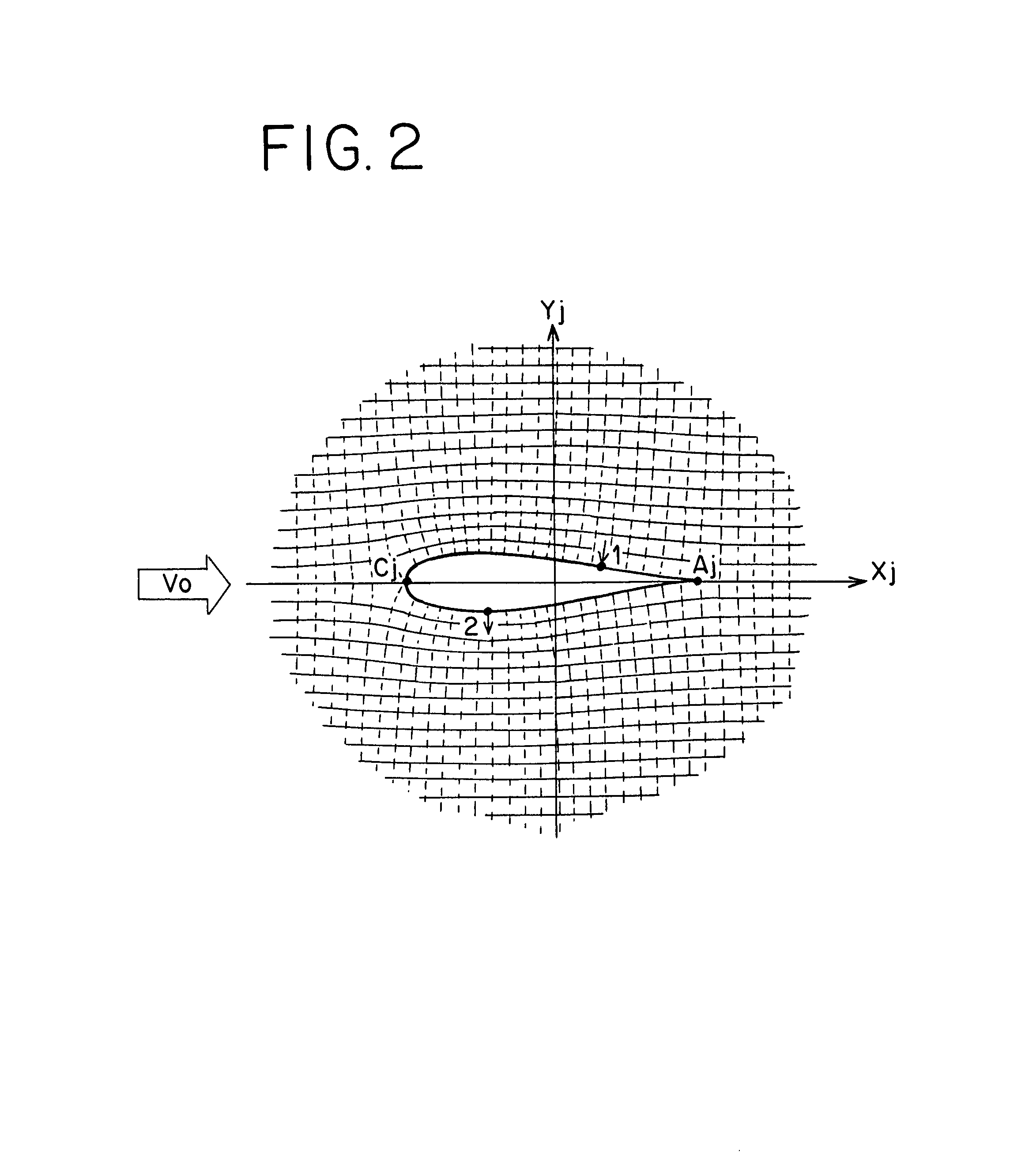Device and method for passively measuring fluid and target chemical mass fluxes in natural and constructed non-porous fluid flow system
a fluid flow system and target chemical technology, applied in the direction of liquid/fluent solid measurement, volume/mass flow by differential pressure, instruments, etc., can solve the problems of significant pollution problems for nature and society, the majority of the time, and the inability to direct measure the cumulative fluid flux
- Summary
- Abstract
- Description
- Claims
- Application Information
AI Technical Summary
Benefits of technology
Problems solved by technology
Method used
Image
Examples
Embodiment Construction
[0035]The claimed invention is designed to simultaneously measure cumulative or time averaged fluid and target chemical mass fluxes in fluid flow systems as defined above. The device is comprised of two major components, a body or shell that is inserted into the flow field, and a bundle of one or more permeable sorptive columns positioned inside or outside the body of the device without disturbing the flow field of the fluid around the device. The extremes of each column are hydraulically connected to the outside flow field around the body of the device through a pair of small openings in the body as illustrated in FIG. 1. The known non-uniform flow velocity distribution around the body of the invention causes a pressure difference between pairs of openings used to connect internal column units. In general each pair of openings is located in the same cross section of the body (e.g., at equal depths below the water surface if the device is installed vertically), and on opposite sides...
PUM
 Login to View More
Login to View More Abstract
Description
Claims
Application Information
 Login to View More
Login to View More - R&D
- Intellectual Property
- Life Sciences
- Materials
- Tech Scout
- Unparalleled Data Quality
- Higher Quality Content
- 60% Fewer Hallucinations
Browse by: Latest US Patents, China's latest patents, Technical Efficacy Thesaurus, Application Domain, Technology Topic, Popular Technical Reports.
© 2025 PatSnap. All rights reserved.Legal|Privacy policy|Modern Slavery Act Transparency Statement|Sitemap|About US| Contact US: help@patsnap.com



